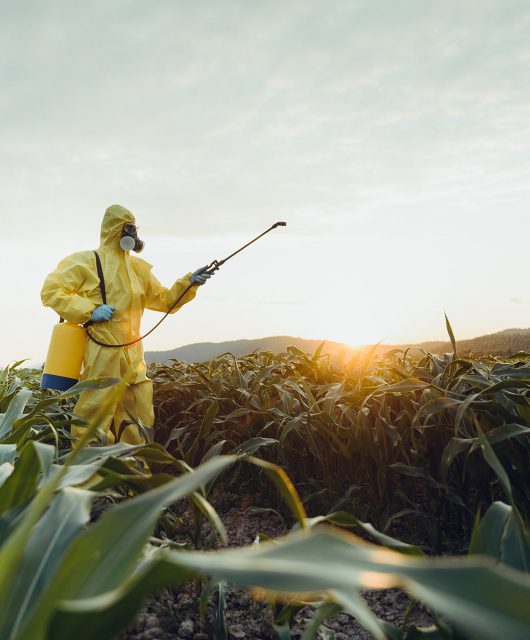The inaugural 2024 CWF Great Canadian Bioblitz wrapped up, and the results are nothing short of remarkable!
Over the course of a single weekend, nature enthusiasts, community scientists and biodiversity lovers across the country came together to record a staggering 42,135 observations and document 4,778 species! These impressive numbers are a reflection of Canadians’ growing commitment to understanding and protecting the rich natural world that surrounds us.
It’s hard to believe that just a few years ago, when the Canadian Wildlife Federation first took stewardship of the iNaturalist.ca platform, we were tracking about 35,000 observations in a year. To see more than 42,000 observations in one weekend speaks volumes about the dedication of our participants and the importance of bioblitz events in raising awareness and gathering critical data for conservation efforts.
But the numbers alone don’t tell the full story. The CWF Great Canadian Bioblitz is about more than just observing nature— it’s about fostering a deeper connection with the environment, contributing to scientific research and taking an active role in safeguarding species at risk. From bustling urban centers to remote wilderness areas, participants helped paint a vibrant picture of Canada’s biodiversity. This offered a snapshot of the species that inhabit our lands and waters, and the vital ecosystems they depend on.
This year’s bioblitz wasn’t just a nationwide effort, but a celebration of the small wonders and grand spectacles of nature. Every observation contributed to a larger story — one that connects us to nature and to each other.




